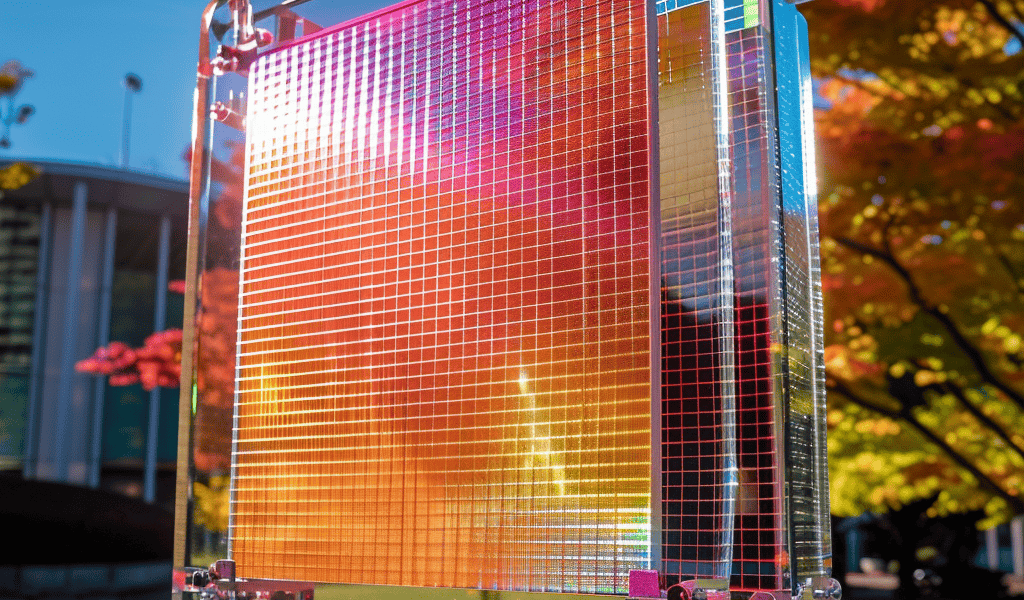U.S. scientists have made a breakthrough in the field of renewable energy with the development of a hybrid energy system that integrates photovoltaic (PV) cells for power production and radiative cooling for external cooling purposes. The prototype, fabricated by researchers at Penn State University, has the potential to revolutionize energy efficiency in buildings and refrigeration systems.
Radiative cooling is a phenomenon where the surface of an object absorbs less radiation from the atmosphere and emits more, resulting in a cooling effect without the need for power. The hybrid system has a cooling power of 63.8 W/m2 and a photovoltaic power output of 159.9 W/m2. According to its creators, the cooling capacity provided by the system can be used in buildings or refrigerators.
The photovoltaic electricity generated in the dual system can be used for energy storage or be converted to alternating current by using an inverter. The coldness achieved on the transparent radiative cooler can be used to cool air or liquid, which can be driven by fan or pump, respectively, to interface with thermal systems for energy savings.
The system achieves simultaneous subambient daytime radiative cooling and photovoltaic electricity generation from the same area. Even on a hot day, the radiative cooler is cold to the touch. The system consists of a transparent low-iron glass radiative cooler that is able to transmit 91% of sunlight, a visibly transparent infrared-opaque layer, and a 125 mm × 125 mm interdigitated back-contact (IBC) photovoltaic cell provided by US-based manufacturer Maxeon. The radiative cooler has no direct radiative heat exchange with the PV device.
The scientists tested the system in an outdoor environment at Penn State Sustainability Institute’s Sustainability Experience Center and found it could surpass the electricity saving of a bare solar cell by as much as 30%. The research group also assumed the power generated by the solar cell to be utilized to power a cooling system with a coefficient of performance (COP) 2.8, and found the cooling power of the hybrid system would be five times more than the daytime cooling power of a bare solar cell.





